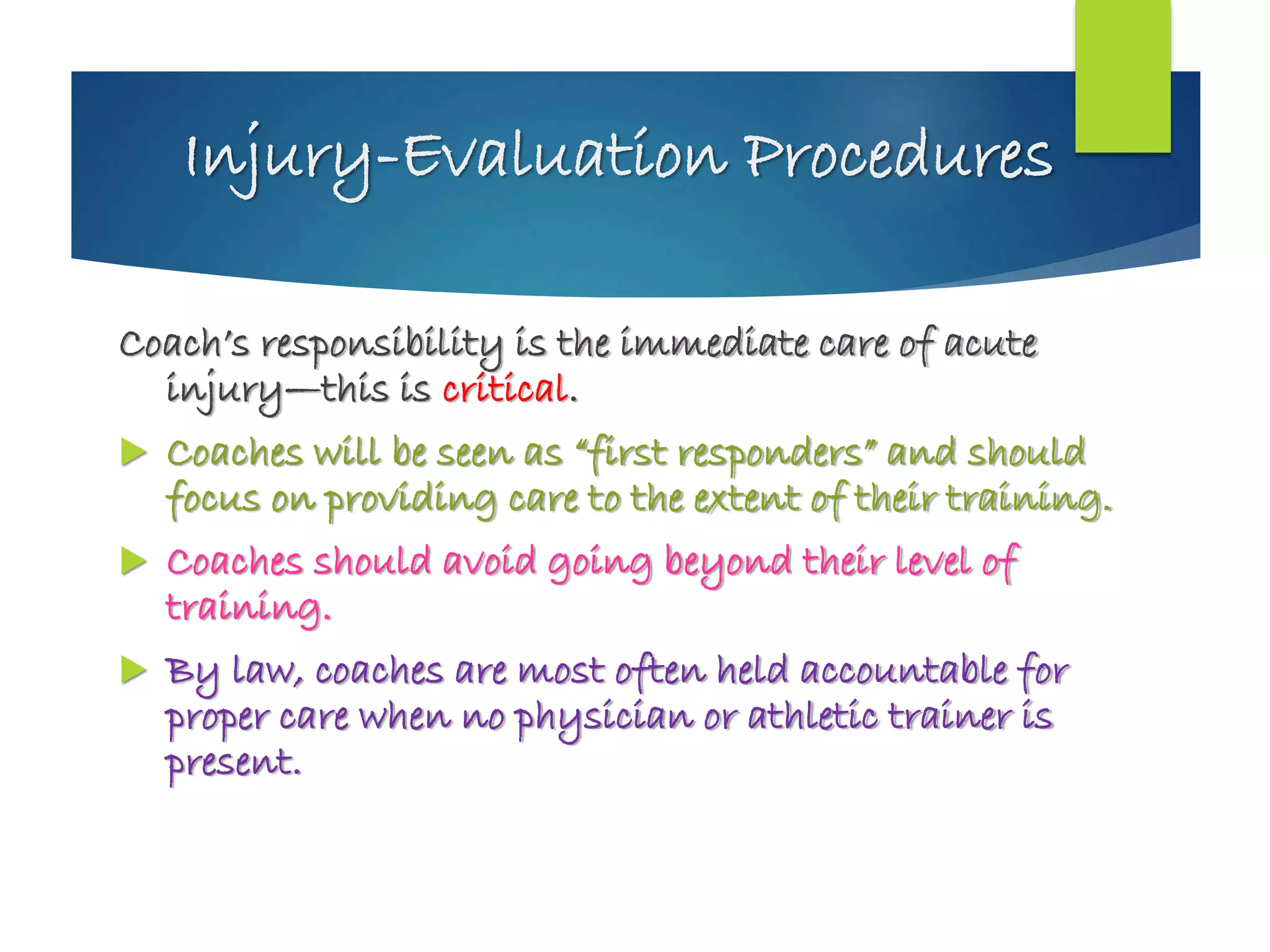Patellar tendonitis/jumper's knee
- Initial treatment is conservative with rest, ice, NSAIDs, patellar taping, strengthening exercises.
- If conservative treatment fails after 6-8 weeks, consider corticosteroid injection.
- Surgery is rarely required and usually only considered after failed conservative treatment for more than 3-6 months.
































